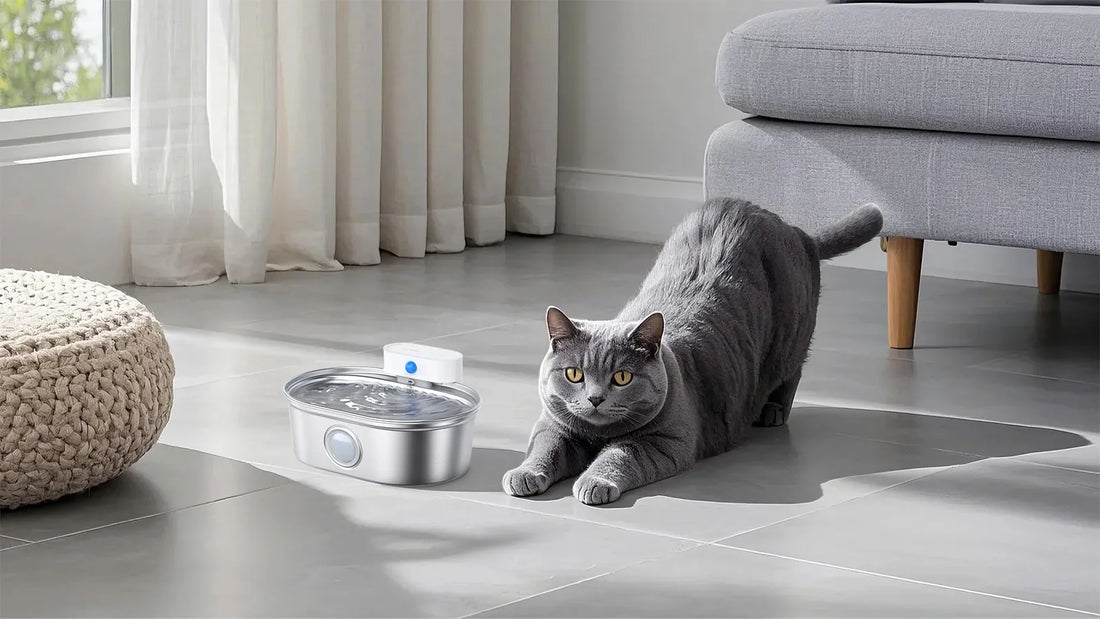If you've ever watched your dog devour their food in seconds, you know how concerning it can be. Eating too quickly can lead to a host of health issues, from choking to digestive problems. Fortunately, a bowl to make your dog eat slower can be a game-changer for your furry friend's health and happiness.
Why Dogs Eat Too Fast
Dogs often eat quickly due to instinctual behaviors rooted in their wild ancestors. In the wild, eating fast meant securing food before others could steal it. While your pet may not face such competition, the habit persists. Other factors include hunger, competition in multi-dog households, or simply the excitement of mealtime.
Health Risks of Fast Eating
Rapid eating can lead to several health risks, including:
- Choking or gagging
- Bloat, a life-threatening condition
- Vomiting or regurgitation
- Poor digestion and nutrient absorption
A bowl to make your dog eat slower can help mitigate these risks by encouraging your pet to take their time.
How Slow-Feeding Bowls Work
These bowls are designed with obstacles, ridges, or mazes that force your dog to navigate around them to access their food. This slows down their eating pace, making mealtime safer and more enjoyable. The design also stimulates mental engagement, turning feeding into a fun activity.
Types of Slow-Feeding Bowls
There are several types of bowls to make your dog eat slower, each with unique features:
- Maze Bowls: Feature intricate patterns that require dogs to work around them.
- Raised Ridge Bowls: Have elevated ridges that slow down eating.
- Portion-Control Bowls: Divide food into smaller sections to pace consumption.
- Interactive Bowls: Combine feeding with play, offering mental stimulation.
Choosing the Right Bowl
When selecting a bowl to make your dog eat slower, consider the following factors:
- Size: Ensure the bowl is appropriate for your dog's breed and portion size.
- Material: Opt for durable, non-toxic materials like stainless steel or BPA-free plastic.
- Design: Choose a design that suits your dog's eating habits and preferences.
- Ease of Cleaning: Look for dishwasher-safe options for convenience.
Tips for Transitioning to a Slow-Feeding Bowl
Introducing a new bowl may take some time. Here are some tips to ease the transition:
- Start by mixing the new bowl with the old one to familiarize your dog.
- Use treats or wet food to encourage exploration of the new bowl.
- Be patient and consistent, allowing your dog to adjust at their own pace.
Additional Strategies to Slow Down Eating
While a bowl to make your dog eat slower is highly effective, you can also try these strategies:
- Feed smaller, more frequent meals.
- Use puzzle feeders or treat-dispensing toys.
- Place large objects, like a tennis ball, in the food bowl to slow eating.
Benefits Beyond Slower Eating
Using a slow-feeding bowl offers additional benefits, such as:
- Improved digestion and nutrient absorption.
- Reduced risk of obesity by promoting mindful eating.
- Enhanced mental stimulation and reduced boredom.
Investing in a bowl to make your dog eat slower is a simple yet impactful way to enhance your pet's quality of life. Not only does it address the immediate risks of fast eating, but it also promotes long-term health and happiness. Your dog deserves the best, and this small change can make a big difference.













